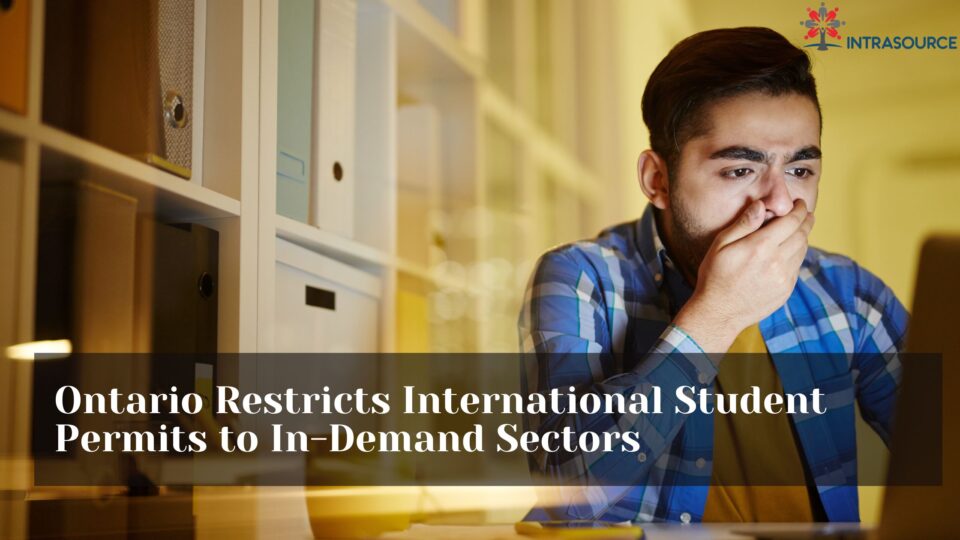Ontario Strategic Focus on In-Demand Sectors
In a recent move, Ontario has announced that it will concentrate its now reduced international undergraduate student study permits on in-demand programs. This strategic decision will see sectors such as skilled trades, child care, and health care prioritized. According to Colleges and Universities Minister Jill Dunlop, this initiative aims to maintain the integrity of post-secondary education by ensuring international students contribute to sectors critical for the province’s economic health.
Impact of Federal Government Permit Reductions
Earlier this year, the federal government significantly cut the number of international study permits across Canada, with Ontario experiencing a substantial decrease. While nearly all permits will be directed towards publicly funded institutions, private career colleges face an exclusion. This alteration comes after increased reliance on international enrolment following a 10 percent tuition cut by Premier Doug Ford’s administration in 2019.
Financial Challenges and Provincial Support Measures
Post-secondary institutions have voiced concerns over funding deficits despite Ontario’s provision of a $1.3-billion support package. With institutions claiming they need twice this amount to offset their financial challenges, the budget reveals a looming $3 billion shortfall in the college sector over two years due to the loss of international student revenue.
Reallocations and Anticipated Impacts
The province’s budget indicates that while 22 universities will maintain their study permit applications at 2023 numbers, Algoma University stands to receive fewer. Similarly, among colleges, only 11 out of 24 will retain their current level of permit applications. Institutions like Conestoga College are set for the largest reduction. Marketa Evans of Colleges Ontario highlights that while colleges welcome their share of study permit applications, they are still facing uncertainty with reduced spring cohorts and potential significant revenue losses for upcoming terms.
Financial Prudence in Higher Education
Colleges are now required to aggressively cut costs due to mandates prohibiting the g running of unfunded deficits. Statements issued by educational authorities highlight the gravity of this situation, with program suspensions and halted investments underscoring the dilemma faced by these institutions.
Steve Orsini, president of the Council of Ontario Universities, has expressed concerns over the recent cap on international undergraduate enrolment levels. “The decision to lock international student enrolment figures at their 2023 levels will significantly hamper universities’ efforts to increase enrolment modestly,” he argued. This limitation is expected to aggravate the existing financial strain on the higher education sector.
The Impact of Enrolment Caps on International Students
According to Federal Immigration Minister Marc Miller, the restriction is a calculated response to address the recent influx of international students and aims to deter exploitation by educational providers delivering subpar experiences despite high tuition fees. On social media, Miller praised the government’s move as a “very reasonable response,” eagerly awaiting more details about the announcement.
Meanwhile, Alex Usher, president of Higher Education Strategy Associates, deemed the plan “more promising than I would have expected.” According to Usher’s interpretation, fairness appears to underscore the strategy – reserving significant losses for institutions operating through public-private partnerships or for those that invested heavily in new campuses catering exclusively for international students without PPPs (Public-Private Partnerships).
Maintaining Equity in Educational Dynamics
The approach adopted reflects a commitment to procedural fairness within the educational sector. The method seems balanced and constructive, acknowledging both fiscal responsibility and equitable treatment among involved parties. As higher education navigates these challenging times, stakeholders from all educational domains are urged to adapt and innovate within these new financial constraints.
In summary, universities must wield fiscal prudence as they manage their portfolios of programs and investments with keen attention to maintaining quality education for international students. The discourse around this topic continues as key players analyze these changes’ implications.


